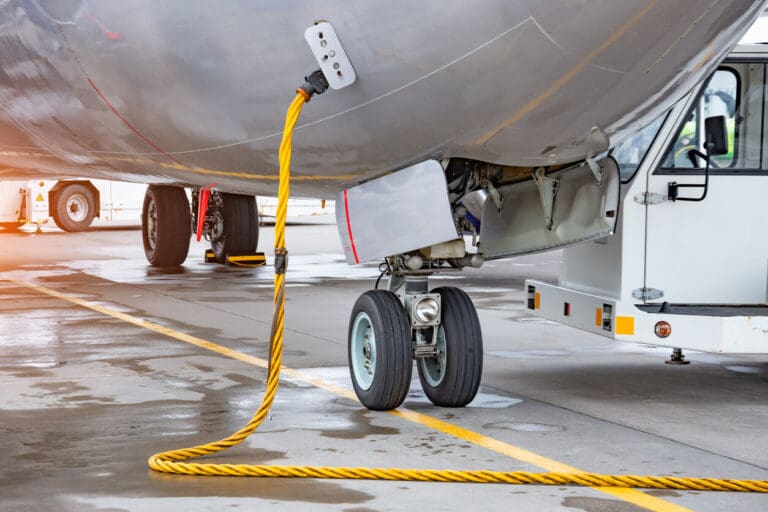
Are Motorsport Cables the Hidden Upgrade Behind Faster Lap Times?
Motorsport teams chase marginal gains in every area of the car, yet many still treat...
Read More
The past couple of years have been incredibly disruptive in terms of supply chain resilience. Increases in shipping costs, challenges with the workforce, new production methods and innovation, as well as the lingering impact of the pandemic, are all having an impact. Consequently, many supply chain professionals find themselves in a constant battle to try to react to what’s happening around them, rather than planning and responding. The good news is that there are digital strategies that are providing new options for a way forward.
There has been unprecedented turbulence when it comes to supply chains and there are three key reasons for this. The first is the impact of a range of external forces, from environmental disasters to political upheaval and economic turmoil, all of which have had an impact on services and infrastructure. The second is the value chain, where small issues have had a much bigger impact along the entire supply chain, whether that is manufacturing accidents or workforce disputes. And, lastly, internal challenges continue to cause disruption for many businesses, from finance issues to breaches in IT security.
Technology provides a wealth of innovation that can be used for solutions when it comes to embedding resilience in supply chains. Digital strategies can help to improve business robustness and long-term opportunities to survive and thrive. Here are three that are making a big difference:
With supply chain resilience moving to the top of the agenda, it’s key to understand the resources that are available to help make this happen. Digital twins, predictive maintenance and tracking as a tool are three digital strategies available.

Motorsport teams chase marginal gains in every area of the car, yet many still treat...
Read More
The wiring harness is a high-risk single point of failure in any complex system. If...
Read More
The wiring harness is the highest risk, lowest profile element in flight-critical infrastructure. When your...
Read MoreReady to talk cables, fibre or full network solutions? Get in touch with our team today, we’re here to help.